Results
-
 £149.99
£149.99Alphamonic Overture - Satoshi Yagisawa
Alphamonic Overture is an opening piece that serves equally well at other points in a concert programme. This unique work is based on the syllables of the name of the orchestra: just as Ravel once wrote a piece using the letters of Haydn's name, Satoshi Yagisawa transformed 'Alphamonic' into 'la-mi-si-la-la-fa-la-so-ti-do' and employed this note row into the basis for the entire composition.
Estimated dispatch 7-14 working days
-
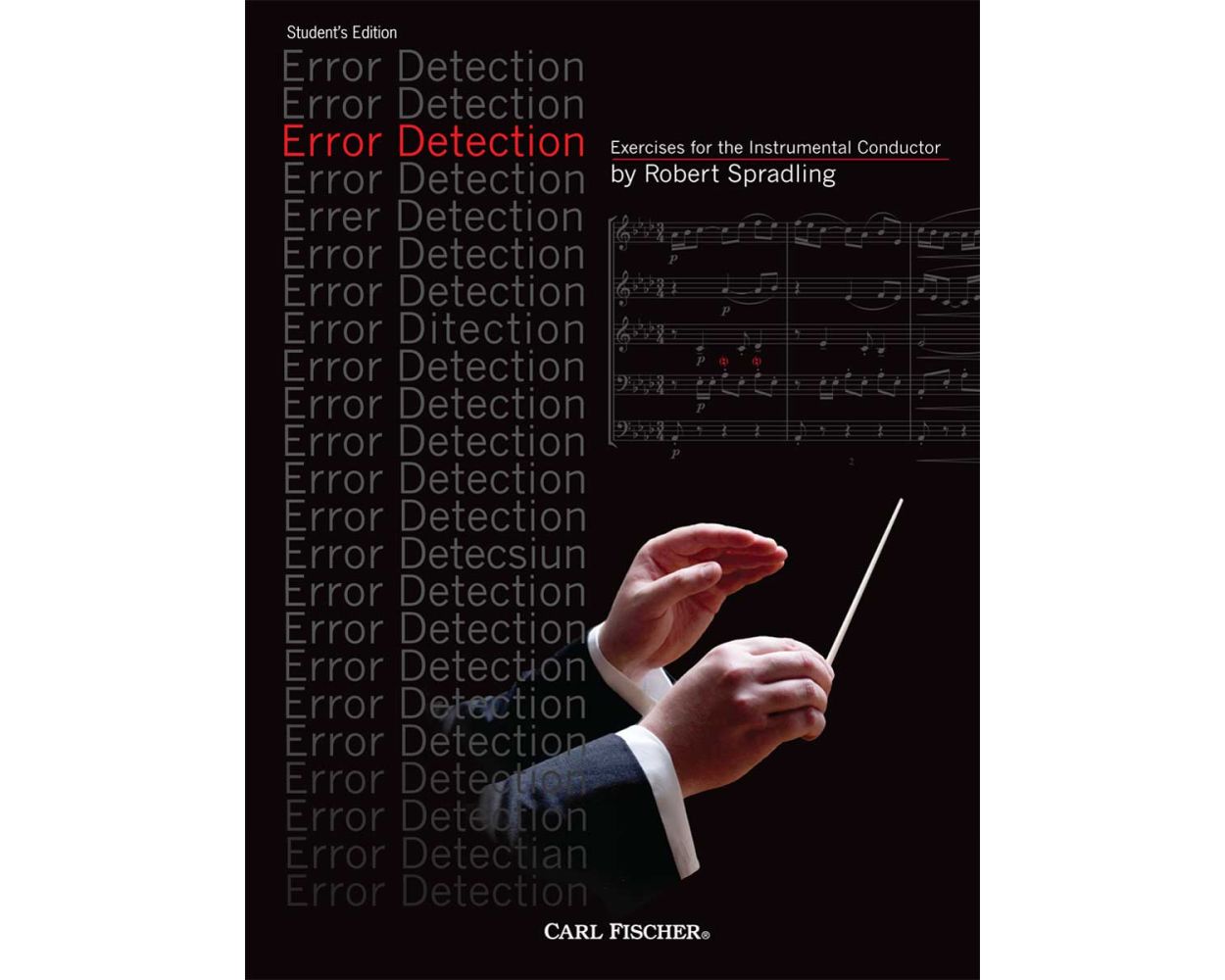 £32.00
£32.00Error Detection - Student's Edition - Robert Spradling
The Error Detection: Exercises for the Instrumental Conductor texts are designed to improve the critical listening skills of the conducting student through real music excerpts that contain planted errors in the parts for the conductor to find. Both books contain 54 excerpts from standard band literature from grades 2 to grade 6 so students gain knowledge of real music they can use later, not just non-musical etudes. The teacher's edition contains over 350 pages of materials with analysis sheets and answer keys to help the conducting teacher to easily evaluate the student's progress. The teacher's edition also comes with a CD-ROM containing all of the instrumental parts for all of the musical excerpts as PDF files, so the teacher can just print the amount of parts needed for each example, and the examples are arranged to sound satisfying with as little as five players. The Error Detection program has been tested for over 3 years at major university programs like the University of Minnesota, Illinois State University, and the College-Conservatory of Music at the University of Cincinnati.
Estimated dispatch 12-14 working days
-
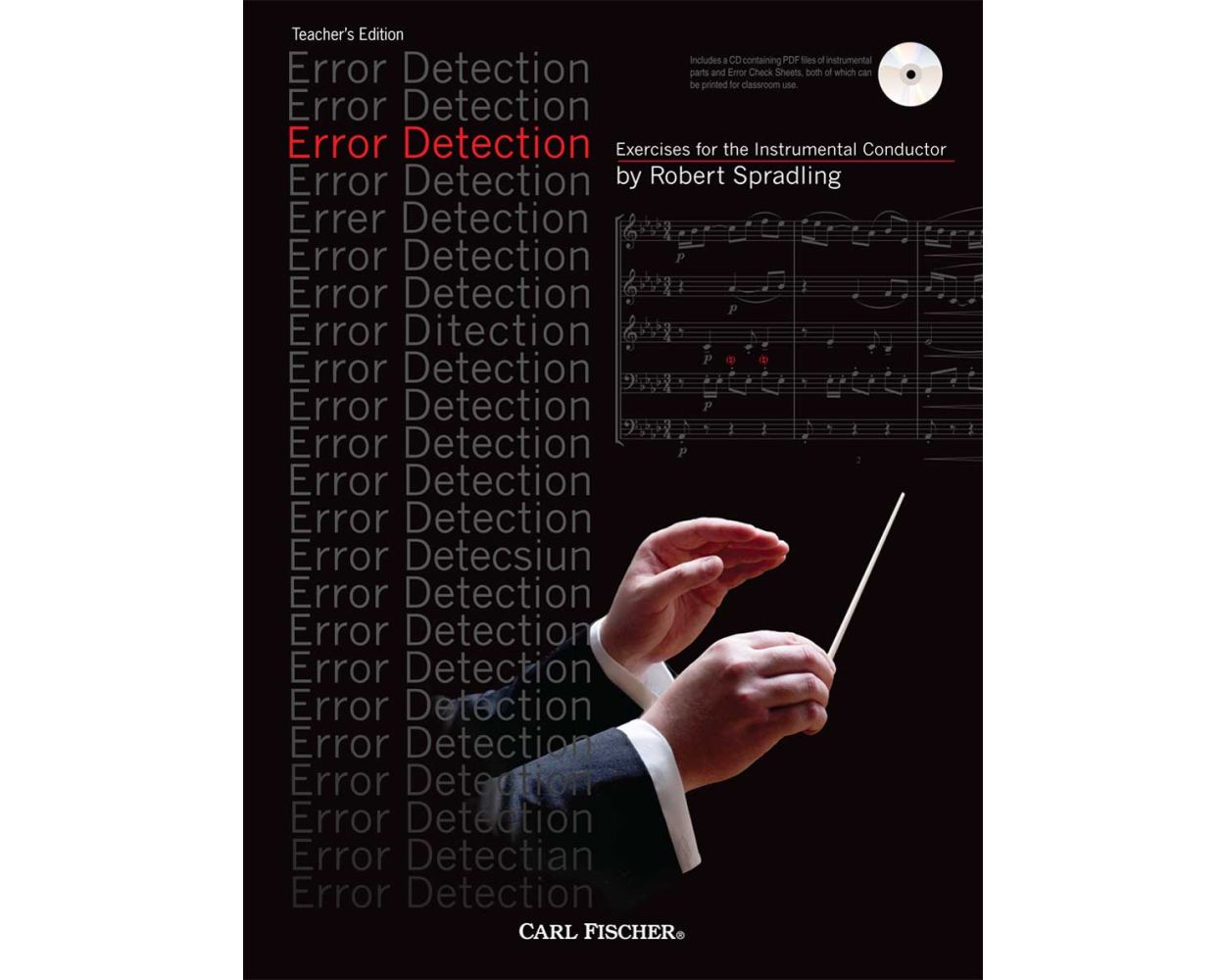 £146.00
£146.00Error Detection - Teacher's Edition - Robert Spradling
The Error Detection: Exercises for the Instrumental Conductor texts are designed to improve the critical listening skills of the conducting student through real music excerpts that contain planted errors in the parts for the conductor to find. Both books contain 54 excerpts from standard band literature from grades 2 to grade 6 so students gain knowledge of real music they can use later, not just non-musical etudes. The teacher's edition contains over 350 pages of materials with analysis sheets and answer keys to help the conducting teacher to easily evaluate the student's progress. The teacher's edition also comes with a CD-ROM containing all of the instrumental parts for all of the musical excerpts as PDF files, so the teacher can just print the amount of parts needed for each example, and the examples are arranged to sound satisfying with as little as five players. The Error Detection program has been tested for over 3 years at major university programs like the University of Minnesota, Illinois State University, and the College-Conservatory of Music at the University of Cincinnati.
Estimated dispatch 12-14 working days
-
 £47.50
£47.50Error Detection - Student's Edition
The Error Detection: Exercises for the Instrumental Conductor texts are designed to improve the critical listening skills of the conducting student through real music excerpts that contain planted errors in the parts for the conductor to find. Both books contain 54 excerpts from standard band literature from grades 2 to grade 6 so students gain knowledge of real music they can use later, not just non-musical etudes. The teacher's edition contains over 350 pages of materials with analysis sheets and answer keys to help the conducting teacher to easily evaluate the student's progress. The teacher's edition also comes with a CD-ROM containing all of the instrumental parts for allof the musical excerpts as PDF files, so the teacher can just print the amount of parts needed for each example, and the examples are arranged to sound satisfying with as little as five players. The Error Detection program has been tested for over 3 years at major university programs like the University of Minnesota, Illinois State University, and the College-Conservatory of Music at the University of Cincinnati.
Estimated dispatch 7-14 working days
-
 £113.30
£113.30Via Della Terra - Marco Somadossi
Composing music also involves being able to imagine the sound of something that has no sound of its own. "Via della Terra" is a soundtrack without a film, a story without a narrator; "Via della Terra" is a street in a town, but not just any street, because if a street could tell its story, "Via della Terra" would not know where to start or where and indeed if it should finish. Like all "Vie della Terra", this street in this piece is full of sounds, none of which, however, have ever belonged to it for more than a fleeting moment, just long enough to be reflected here and there and then up and away from the earth, to be lost in the air. The steps of Mozart as a child as he whistled a piece of music, never again to be remembered or written; the philosophical thoughts, or mere everyday cares, uttered to a friend by Rosmini (whispered? or declaimed?); the excited or humorous comments of people who saw Depero's futuristic works for the first time; the voices of marketstall owners, rendered louder and more acute by the noisy crowd of women sorting through the stalls of rustling and colourful silk (so many desires; silent pauses between one item of gossip and the next); the absolute and devastating roar of cannons that violated every corner of the town, injuring bodies and mutilating the memories of its inhabitants... followed by a seeming eternity, as the citizens held their breath, waiting... "Via della Terra" is the old imperial road along which the town of Rovereto was built and has developed. "Via della Terra" is music for an imaginary, impossible and simultaneous representation of all its stories. The composer has always lived in this town, which he dearly loves, and on innumerable occasions he has imagined the voices, smells, people and the lives that have been such a part of it. With his composition, "Via della Terra", Marco Somadossi won second prize (no first prize was awarded) at the XXI Corciano International Competition for original band music in the grade 4 category.
Estimated dispatch 7-14 working days
-
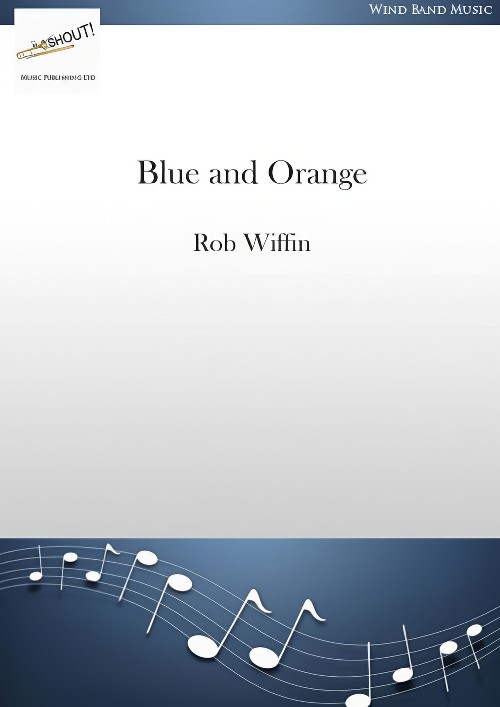 £72.00
£72.00Blue and Orange (Flute Solo with Concert Band - Score and Parts) - Wiffin, Rob
A song and dance for flute with wind band accompaniment. Blue is a gentle, tuneful solo. The accompaniment is very much in a chamber-music style and there are very few places where the whole ensemble plays at the same time. There is nothing overt or dramatic in the music and subtlety and rubato are very much the required manner. It is not a desperately sad piece but is just tinged with a little melancholy. Orange on the other hand is a fiery, driving dance which gives the soloist a chance to display technical prowess. During the outer sections Latin percussion carries the music along but the inner sections are more dissonant and are built on inner rhythm. The two pieces are as contrasting as possible, just like the colours of the title.Duration: 3.15 & 4.15
Estimated dispatch 7-14 working days
-
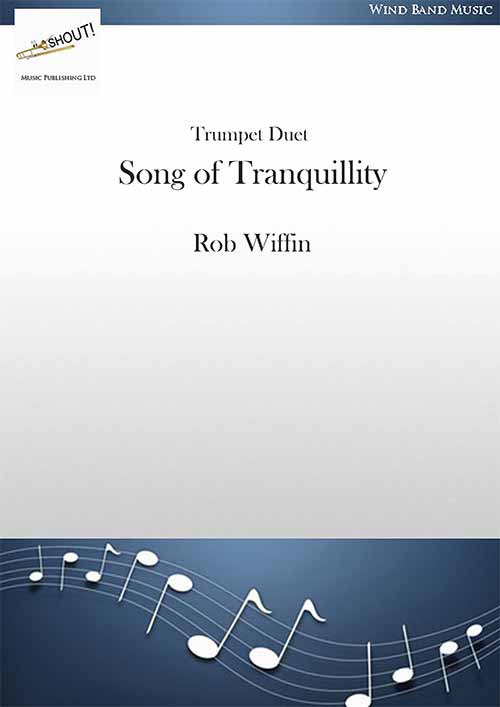 £33.95
£33.95Song of Tranquillity (Trumpet Duet with Concert Band - Score and Parts) - Wiffin, Rob
A reflective piece featuring two trumpets and band but also playable as a solo for trumpet, trombone or euphonium. The composer wrote Song of Tranquillity just after a close friend died suddenly. It was cathartic, just written to reflect the release from pain to peace. It fits the expressive style and power of the solo brass instruments.Duration: 3.45
Estimated dispatch 7-14 working days
-
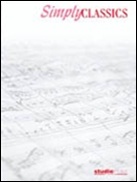 £44.95
£44.95TRAUMEREI (Simply Classics Concert Band) - Schumann, Robert - Turnbull, Kit
Traumerei (or Reverie) is the seventh movement from Schumann's Kinderszenen (Scenes from Childhood). The suite was written for piano in 1838 as a musical recollection of his childhood. Originally containing 30 movements the final published edition contained just 13. The movement is just right for that quiet spot in any concert programme. American Grade 2. Duration 2:26
Estimated dispatch 7-14 working days
-
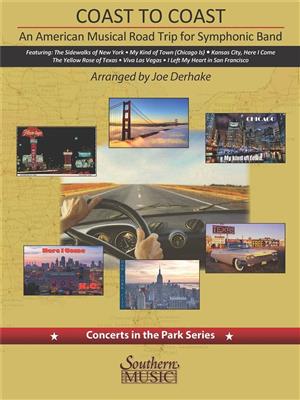 £89.99
£89.99Coast to Coast: An American Musical Road Trip
Travel across the country from New York to San Francisco and points in between, as this medley drives you through some of the best-known songs about U.S. cities and states in just a few minutes! Just be sure to hold onto your seat. Though the ride begins with a smooth cruise, there are a few tricky curves in the road ahead, and maybe even an Easter egg or two. Featuring: The Sidewalks of New York My Kind of Town (Chicago Is) Kansas City, Here I Come The Yellow Rose of Texas Viva Las Vegas I Left My Heart in San Francisco.
Estimated dispatch 7-14 working days
-
 £71.50
£71.50Thunderbolt Galop - Fred Huffer
Need a fun and fast "chaser" to close your concert? The "Thunderbolt Galop" is the perfect choice! Limited technical and range demands make this the ideal selection rehearse at a standard march tempo, then see just how fast your band can go in performance! Excellent material for any contest or festival performance, it's also well-suited as an encore for any concert. Your performers will thrill with seeing just how fast they can go! Accelerated fun from start to finish!
Estimated dispatch 7-14 working days
